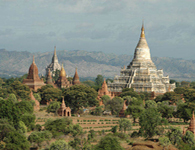Khmer cuisine sets itself apart from the several other styles of food in Southeast Asia by blending subtle spices and flavors. Although sharing some similarity to Thai cuisine, Khmer cuisine is unique in creating full flavor without the use of chili. To achieve flavor without the use of meat and fats as well, the Khmer culture has mastered the use of spices and herbs. Indochina travel Laos
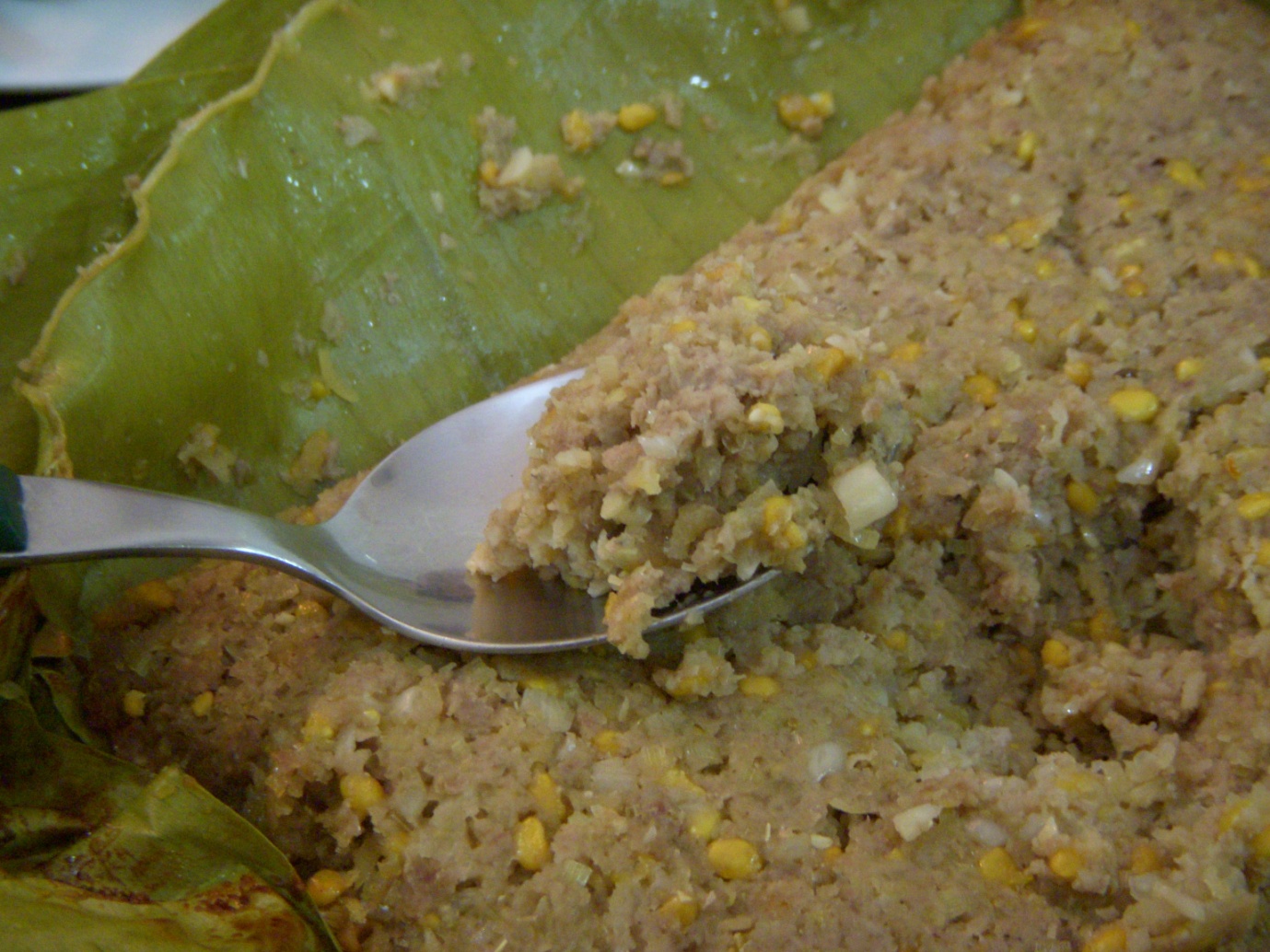
Prahok dish-source: Internet
Prahok, which is a fermented paste made from a small fish called trey riel, is the hallmark of Khmer cuisine. prahok is the cornerstone of Khmer cuisine: even the national currency is named after the trey riel although the intense flavor, strong odor and brown or grey color can intimidate the uninitiated. It is so desirable that to trade rice for it, many farmers from outlying provinces have to travel long distances. Accounting for a large portion of protein in the Khmer diet, prahok is used not only as a condiment but also as a main element in a variety of Khmer dishes.
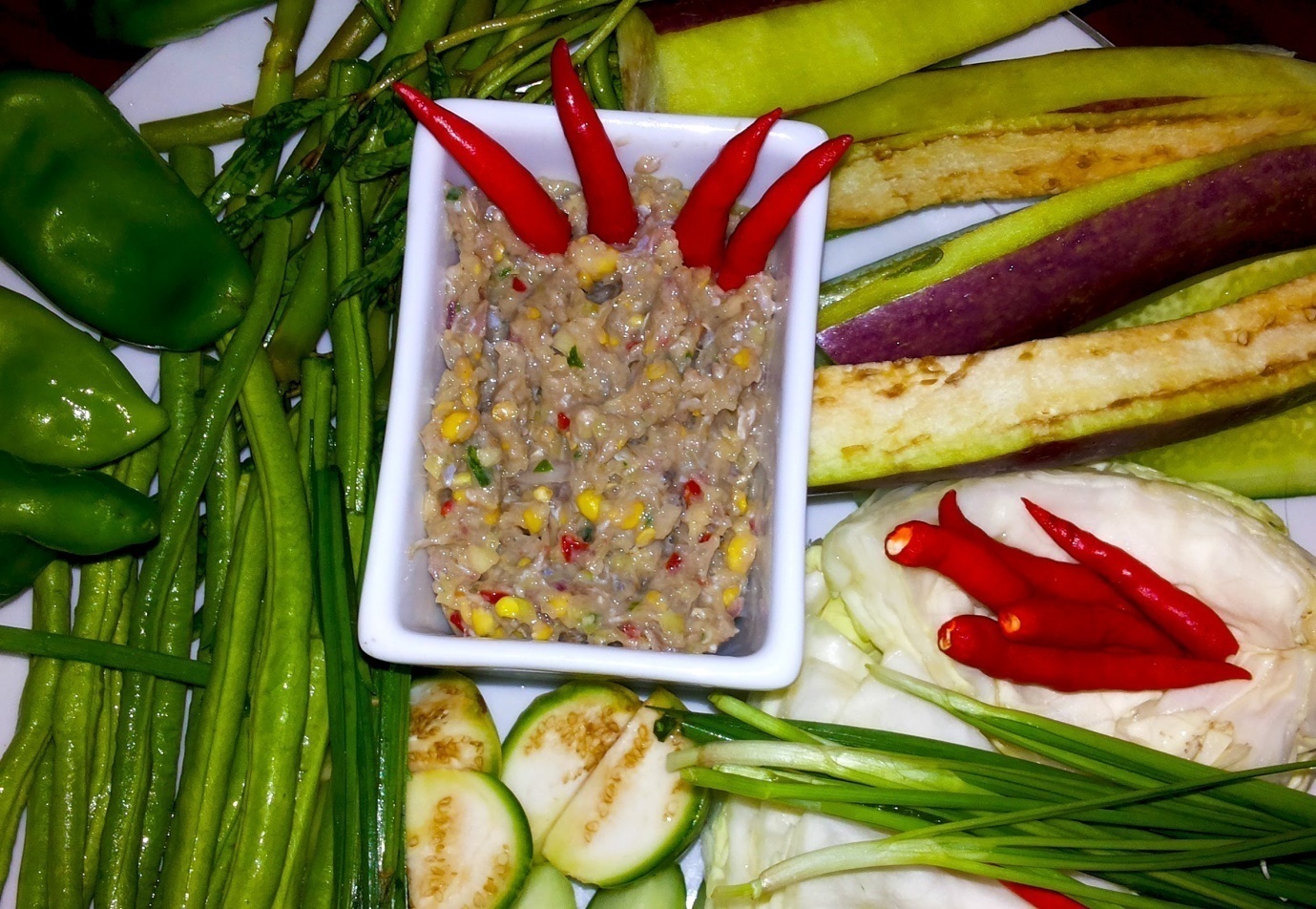
Prahok is the traditional dish of Khmer-source: Internet
Traditionally, they consider the production of prahok as an affair of community. While children use their feet to crush the bodies of the small fish, surrounded with hundreds of pounds of tiny fish, men and women remove the scales, guts and heads. Although machines can process the fish, rather than crushed underfoot, they cannot remove the bad-quality fish as well as tend to not process all the fat, which is important in the flavor of prahok. After processing, they will set out to dry the fish pulp in the sun for a day; then pack it in jars or plastic bags to ferment for several weeks or months to produce the signature pungent punch. A spicy mash-like paste of which a little goes a long way is the stunning result. Prahok fermented for as long as three years may be the best quality.
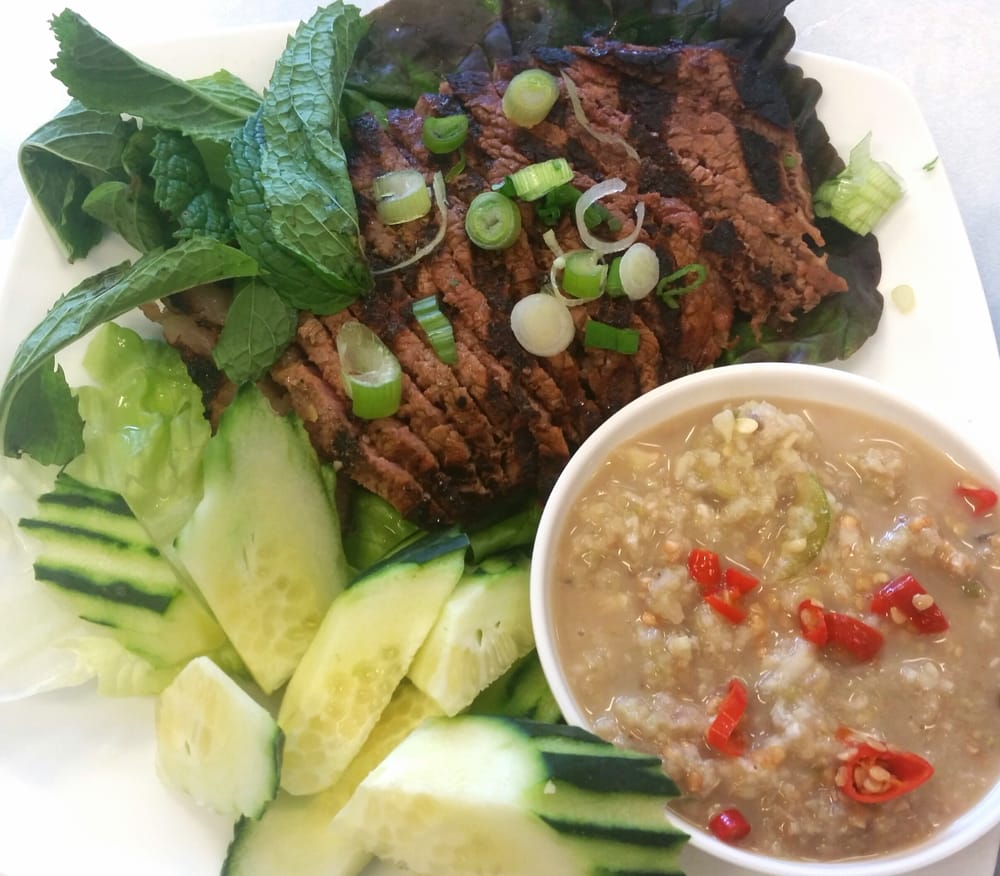
Sach Koh Tuk Prahok-source: Internet
Khmer food also reflexes the history of the Khmer. You can find many Khmer sauces and dishes similar to those of their neighbor Thailand. Throughout the centuries, curry dishes from India and stir-frying dishes from the Chinese culture have all added to the taste of Cambodian cuisine. Some traces of French cuisine from the past when Cambodia used to be part of French Indochina are also available. Being a part of the cuisine, the baguette, or the long French bread, has come to be the national bread of Cambodia. There are at least three or four separate dishes in a typical meal. Prahok is most likely to be replaced with kapi, a fermented shrimp paste when it is not used as either a dipping sauce or a paste. Laos travel tours
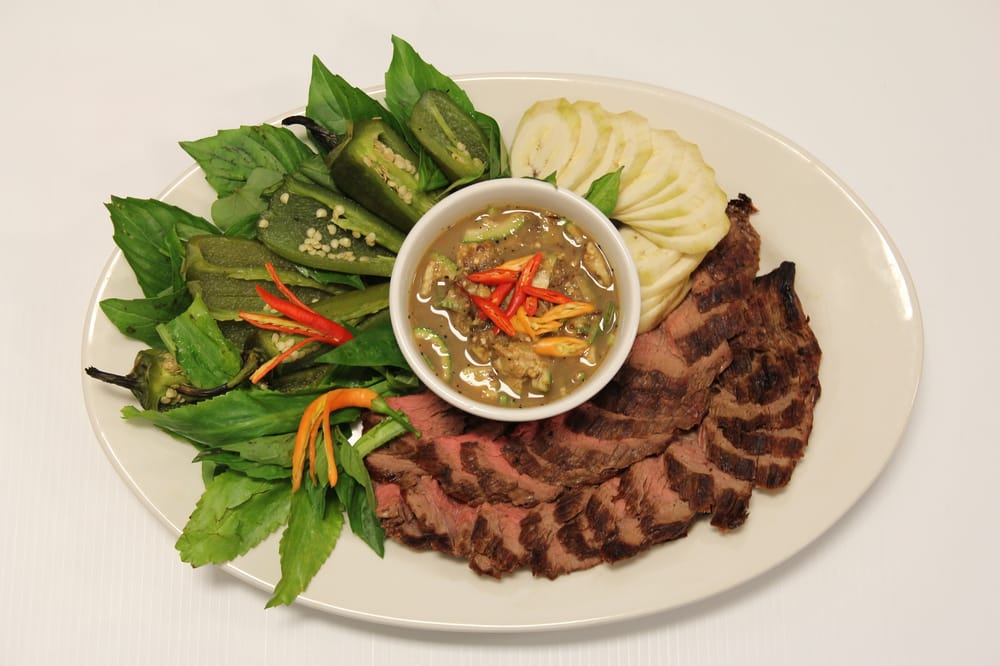
Prahok is used as a dipping sauce-source: Internet
The prahok’s price has recently gone up so rapidly that even city dwellers and farmers in the countryside have difficulties obtaining the nutrients that prahok provides.
Prahok also struggles to survive the global warming’s effects. After record catches in 2006 and 2007, due to the rising temperatures of water, the numbers of trey riel have plummeted. Rising to nearly 50 cents a kilogram from around 12 cents, putting a basic commodity out of reach for many, prices for the paste have more than tripled, because of the drop off in the numbers of prahok fish.
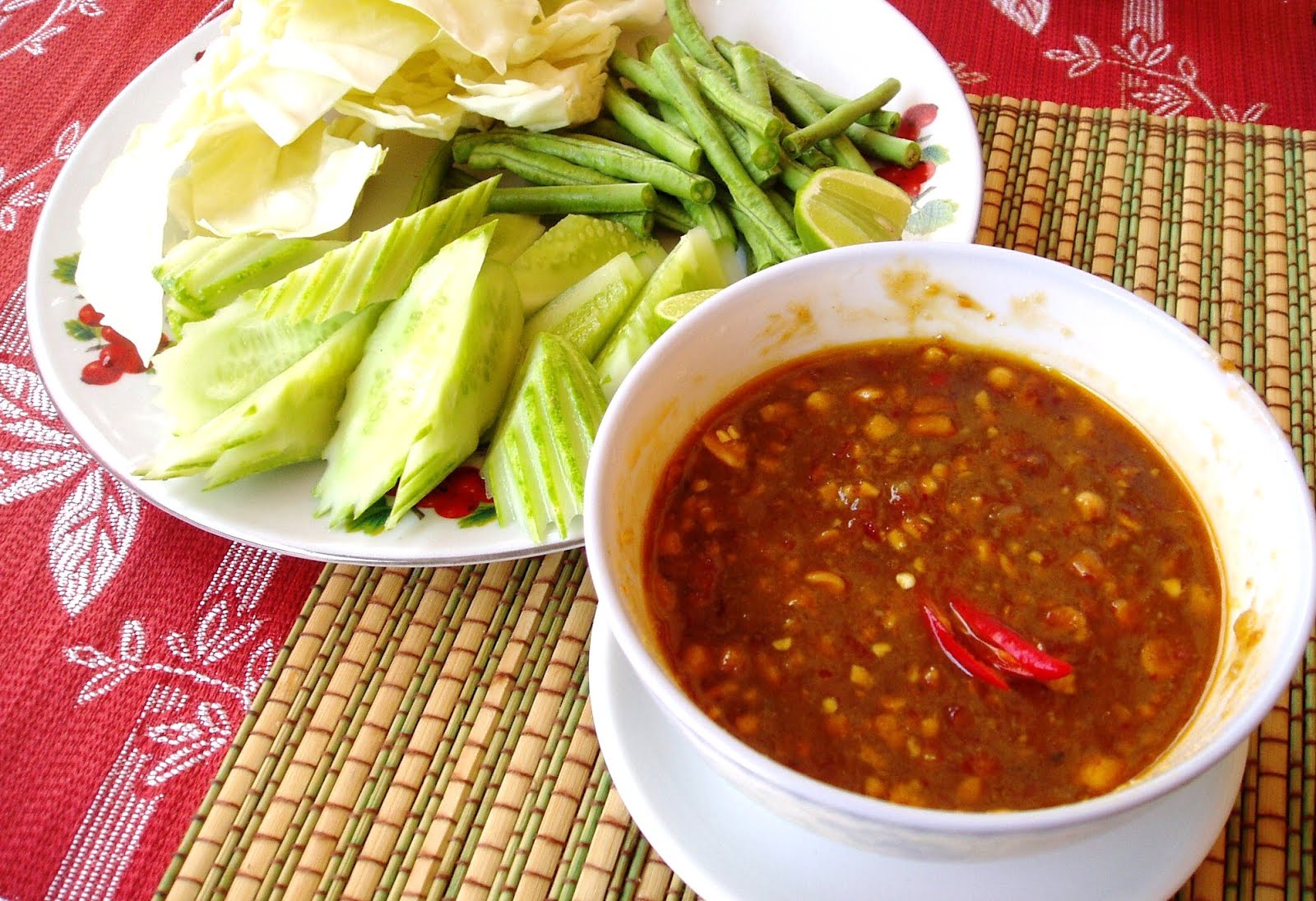
Prahok – the symbol of Khmer cuisine-source: Internet
Since the true impact of rising wealth gaps and global warming is still unfolding, the future of prahok in the diet of the Khmer people is unknown. However, the Khmer people have always preserved their culture after having faced severe hardships before.
See more:
- DISCOVER THE NIGHT MARKET IN LUANG PRABANG
- NEGOTIATE FOR CHEAPER PRICE IN LAOS
- TIPS FOR SHOPPING IN VIENTIANE
Asia Travel Lover







